This month’s top 5 most read articles from Advanced Optical Materials.
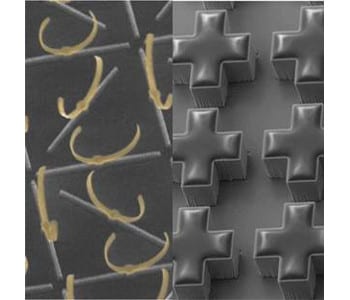

This month’s top 5 most read articles from Advanced Optical Materials.
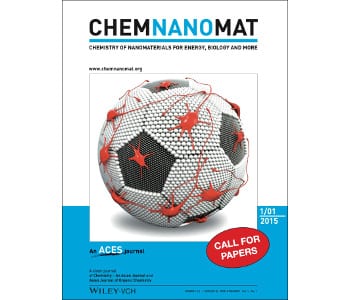
ChemNanoMat is the latest journal to be launched by Wiley-VCH and opened for submissions at the beginning of November.
A MIT research group led by Prof. Harry L. Tuller has attempted to control the oxygen content of oxide thin films in situ through electrochemical methods.
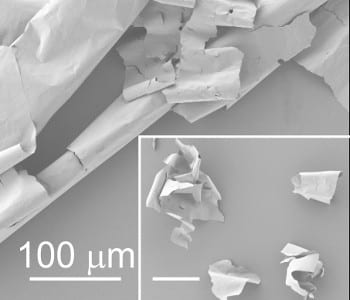
A German research team have fabricated magneto-electronics that fulfill the performance and processing requirements for consumer electronics.

This month’s top 5 most read articles from Advanced Optical Materials.
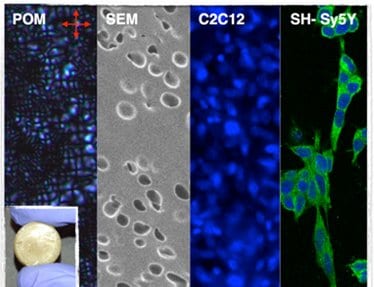
Biocompatible, biodegradable and porous LC elastomers were used as viable, soft scaffolds for cell growth and proliferation in a spatial (3D) fashion.
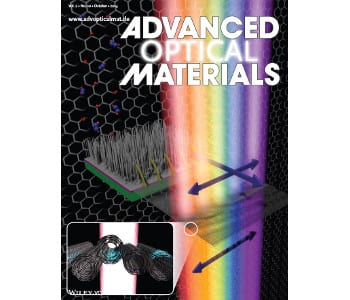
Check out the articles highlighted on the covers of the latest issue of Advanced Optical Materials.
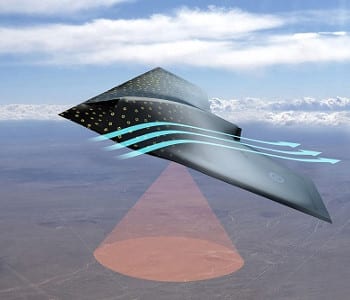
Work is underway at BAE Systems to give aircraft human-like ‘skin’, enabling the detection of injury or damage.
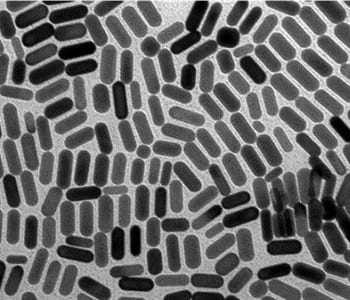
Chinese group develop a novel nanofiber-array sensor and experimentally demonstrate its potential in the detection and sizing of single nanoparticles.
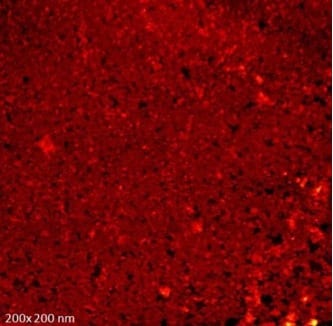
Recent work reports the use of a magnetic graphene oxide-iron oxide nanoparticle nanocomposite to fabricate an MRAM operating at room temperature.